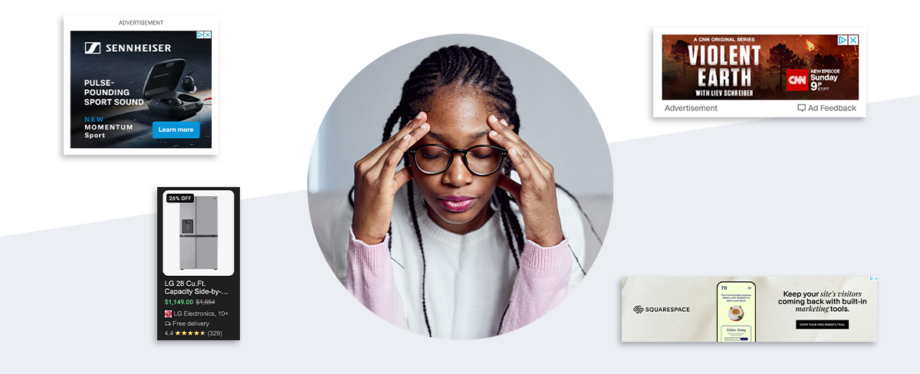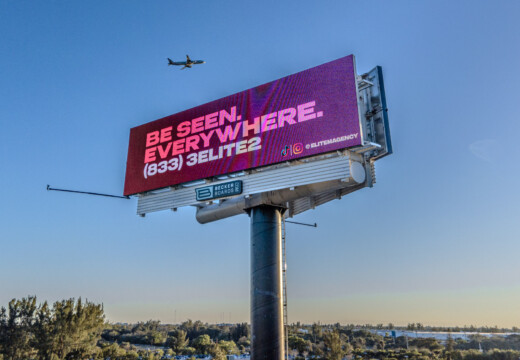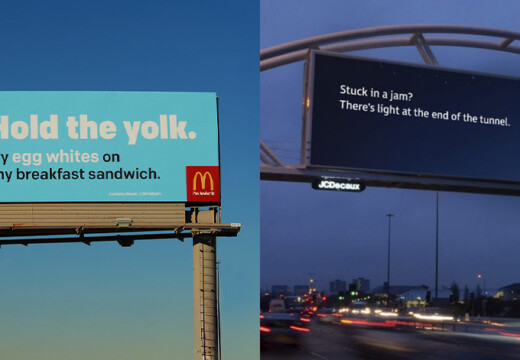The internet is rife with users suffering from ad fatigue.
With so many ads disseminated across the internet, the digital space can feel like a dump of unwanted messages intended to get digital visitors to buy, whether directly through the online source, or physically, later on when they have the time.
It therefore comes as no surprise that customers belonging to a variety of demographics are tired of ads. 91% of internet users believe ads are more intrusive now than they were just a few years ago and 79% believe they’re being tracked by retargeted ads.
Many of them are taking action against online advertisements, as nearly half of American internet users use ad blockers, at 41%.
These grim statistics don’t simply paint a negative picture of how online advertisements are perceived but show that users are taking action or are intent on taking action to prevent seeing ads online.
This then begs the questions of:
- What is ad fatigue exactly?
- Should I be worried for my brand?
- How can my business combat advertising fatigue?
This article answers these questions and discusses these issues in depth, so that you can avoid advertising fatigue and understand the solution to it.
What is Ad Fatigue
Advertising fatigue, shortened to ad fatigue, is a state that viewers of an ad experience when they have seen your ads too often and become bored to the point that they stop paying attention to them. In some cases, those with ad fatigue will actively try to stop seeing ads, as with the aforementioned ad blocker method.

As marketers, advertisers and business owners, you should work towards preventing ad fatigue or stamping it out if your audience experiences it. You wouldn’t want to incur any negative associations with your brand.
What causes ad fatigue and where does it occur?
Ad fatigue can occur due to various factors in a number of settings. The most common source of ad fatigue is when your audience has seen the same ad repeatedly within a short or extended period of time. Another common factor is seeing uninspired ads that don’t spark any interest or curiosity.
Then there’s the issue of the ad’s targeting. Many who experience ad fatigue are not the correct targets of an advertisement. Thus, they may feel that the ad they’re viewing is completely unrelatable and irrelevant to them. In this circumstance, the ad comes across as being aimed at a larger, non-targeted audience.
It is understandable that people ignore things that are irrelevant to them, especially when they are getting hit by ads left and right. It’s then rather self-explanatory why untargeted and uninspired ads give rise to ad fatigue and get cast aside.
The Consequences of Ad Fatigue
Ad fatigue doesn’t just involve customers exhibiting feelings of boredom. Instead, this state provokes all kinds of consequences, some of which you may not have thought of. Ad fatigue is harmful to the entire customer experience. You should therefore avoid it from ever crossing your customer journeys.

Here are several scathing consequences of ad fatigue:
- Prompts customers to ignore your brand if they see it again, even in a non-advertising setting (for in-store purchases).
- Encourages customers to take action against your ads, such as with ad blockers or changing the TV channel during an ad.
- Damages the effectiveness of an ad campaign if not completely defeating its purpose.
- Incites disinterest in your brand, which turns customers away and makes them patronize your competitors instead.
- Makes your customers unwilling to convert, whether via purchases or form submissions.
- Halts customers from taking any action with your brand, even completely disengaging with it.
- Creates negative associations with your products, services and entire brand.
- Wastes precious ad dollars, creative resources and campaign efforts.
- Depreciates your ROAS (return on ad spend).
- Harms your entire customer experience, thus inciting distaste with your brand.
As you can see, ad fatigue doesn’t just remain a feeling of boredom; it has many consequences for your brand. Some of these can incur lasting damage that is nearly impossible to remedy. Aside from warding off ad fatigue, it is useful to know how to spot it, which we reveal how to do in the following section.
How to Detect Ad Fatigue
Ad fatigue centers on feelings of boredom and indifference, feelings which seem impossible to fully detect, let alone measure. However, luckily for marketers, there are several measurable metrics you can assess to determine whether your ads are spurring fatigue.
- Ad spend: When you spend more on your ads but it results in less engagement with them, it may be a sign of ad fatigue. Many online ad channels increase the cost of impressions to penalize advertisers for using the same ads for too long.
- Frequency and impressions: A high frequency of your ad being displayed to the same people indicates fatigue.
- CTR (Click-Through Rate): CTRs that are in decline are a strong sign of advertising fatigue. This usually manifests in an inverse relationship with your cost-per-click, which rises as the CTR falls.
- Conversion Rates: Conversion rates in decline are a clear indicator that your ads create fatigue.
You can avoid ad fatigue by using the right ad methods and best practices. It’s critical to understand where advertising has gone, as much of the advertising of today comes from a blend of advances in ad tech, along with the reactive responses to ad fatigue.
How to Prevent and Combat Ad Fatigue
You can stave off advertising fatigue, as well as thwart it from occurring in the first place. There are several best practices you ought to apply to your advertising for general success, whether it’s growing your brand awareness, gaining qualified buyers, aka qualified impressions, or having them buy something from you.
These best practices aid in avoiding fatigue among your customers. While best practices are important to consider, the advertising method you use also plays a major role in preventing ad fatigue.
In our previous article, we delved into the reality of customers being immune to ads and even growing frustrated with them. The shrewd marketer will notice that much of the frustrations and boredom with ads that result in immediate (or even long-term) negative actions from customers, come from online or traditional advertising.
Even physical advertising such as flyers and posters can result in customers exhibiting negative reactions (and actions). Luckily there’s a simple solution to this: OOH advertising.
How DOOH Prevents Ad Fatigue
DOOH (digital out-of-home) advertising specifically is a surefire way to prevent ad fatigue, as well as lessen it if it already exists from customers seeing your ads through other channels. There are many reasons as to why digital billboards are fatigue deterrents. Here are a few:
- Digital billboards are non-intrusive; they don’t stop customers from consuming any content or partaking in any action that they were involved in prior to seeing your billboard.
- A creative refresher is a key ad best practice and since digital billboards configure your ads in constant rotation, customers never get bored or overwhelmed by your ad.
- Digital billboards are changeable (depending on your DOOH platform); you are at liberty to change, rearrange and repurpose your ad creatives.
- Since billboards are scattered across the country and due to your power of choosing which ones to feature your ads in, they won’t oversaturate your customers’ experience with your brand.
- Digital billboards are anything but boring; they’re bright, dynamic and eye-catching.
- Digital billboards allow customers to carry on with whatever they are doing and look at them by choice, while with other ad methods, they don’t have a choice.
- You can’t turn on ad blockers on billboards, or click out of them, or scroll away. They are just there, enhancing the customer experience without forcing themselves onto others.
Thus, digital billboards are the antidote to ad fatigue. Seeing a beautiful billboard on a highway or road doesn’t intrude on customers. It also doesn’t follow them from place to place as do Google’s retargeting ads.
Powering Your Campaigns
While digital billboards are your best bet for combatting ad fatigue, they are not all the same. To reap the most benefits from your DOOH efforts, you’ll need to entrust a strong DOOH platform.
Ideally, the DOOH ad platform you use should enable you to set up and manage all your billboard campaigns through one centralized hub. It should give you full control over your campaign, stamping out the need to deal with a third party and the bureaucracy that comes with it. It is also ideal for your DOOH platform to align with your advertising budget, as it should be affordable.
Fortunately, Blip Billboards offers all of these benefits and more. You can build and manage your entire campaign through our user-friendly platform without the need to reach out to third-party ad agencies. You have full control over your budget, where your ads are shown and for how long. You can even bid on your blips (8-15 second ad slots).


